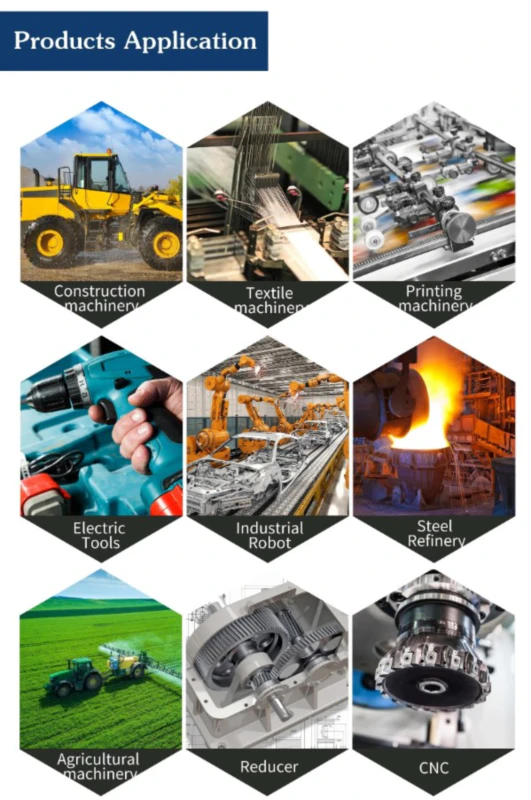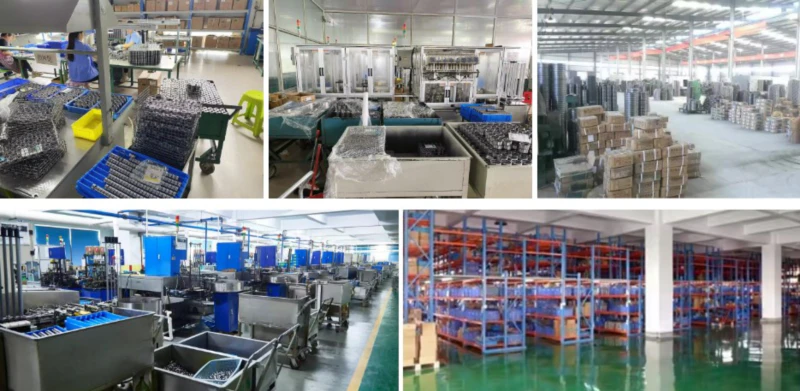Track Bearings Bearing Failure Control Plan
Introduction
Track bearings are crucial components in various industries, providing support and stability for rotating machinery. However, like any mechanical system, track bearings are prone to failure if not properly monitored and maintained. In this article, we will discuss a comprehensive control plan to prevent bearing failure, ensuring optimal performance and longevity.
Understanding Bearing Failure
Before delving into the control plan, it is essential to understand the different types of bearing failure. There are several common failure modes, including:
- Fatigue failure
- Wear failure
- Overheating failure
- Contamination failure
- Misalignment failure
Fatigue Failure
Fatigue failure occurs when a bearing experiences repeated stress cycles, leading to cracks and ultimately, complete failure. This can be caused by excessive loads, improper lubrication, or inadequate maintenance.
Wear Failure
Wear failure happens due to friction between the bearing surfaces, resulting in material loss and reduced performance. Factors contributing to wear failure include insufficient lubrication, contamination, and misalignment.
Overheating Failure
Overheating failure is often a result of excessive friction or inadequate cooling. High temperatures can cause the lubricant to break down, leading to accelerated wear and potential catastrophic failure.
Contamination Failure
Contamination failure occurs when foreign particles, such as dirt, dust, or debris, infiltrate the bearing assembly. These contaminants can impair the smooth operation of the bearing, leading to premature failure.
Misalignment Failure
Misalignment failure happens when the bearing is not properly aligned with the adjacent components. This can cause uneven loading and increased stress on the bearing, leading to failure. Misalignment can result from improper installation or external forces.
Control Plan for Preventing Bearing Failure
A comprehensive control plan is essential to prevent bearing failure and ensure optimal performance. The following steps outline an effective strategy:
1. Proper Bearing Selection
Choosing the right bearing for the specific application is crucial. Factors such as load capacity, speed, and operating conditions should be carefully considered to ensure proper functionality and longevity.
2. Regular Inspection and Maintenance
Implementing a regular inspection and maintenance schedule is vital to identify any potential issues early on. This includes checking for signs of wear, lubrication levels, and addressing any misalignment or contamination.
3. Adequate Lubrication
Proper lubrication is essential for reducing friction and preventing wear. Using the correct lubricant and ensuring it is applied at the recommended intervals will help maintain optimal bearing performance.
4. Contamination Control
Implementing measures to control contamination is crucial for preventing premature bearing failure. This includes keeping the surrounding environment clean, using protective covers or seals, and implementing proper filtration systems.
5. Proper Installation and Alignment
Ensuring the correct installation and alignment of the bearing is vital for its longevity. Following the manufacturer’s guidelines and using precision alignment tools will help minimize stress and prevent misalignment failure.
6. Monitoring and Analysis
Implementing a monitoring and analysis system can provide valuable insights into bearing performance. This can include temperature monitoring, vibration analysis, and regular inspections to detect any signs of potential failure.
Conclusion
In conclusion, a comprehensive control plan is essential to prevent track bearings’ failure and maximize their lifespan. By implementing proper selection, regular maintenance, adequate lubrication, contamination control, proper installation, and monitoring, the risk of bearing failure can be significantly reduced. Investing in proactive measures will not only enhance operational efficiency but also minimize downtime and costly repairs.

About Our Company
Our company is a leading player in the Chinese reducer market, specializing in a wide range of high-quality products such as servo reducers, plastic gearboxes, gear motors, worm gearboxes, worm wheels, and worm reducers. With state-of-the-art automated CNC production equipment and assembly lines, we ensure precision and reliability in every product we deliver.
We take pride in offering customers customized solutions to meet their specific requirements. Our commitment to delivering superior products, competitive prices, and exceptional customer service sets us apart in the industry. We welcome customers to provide their drawings or samples for customized orders.
